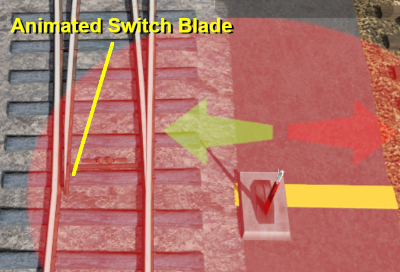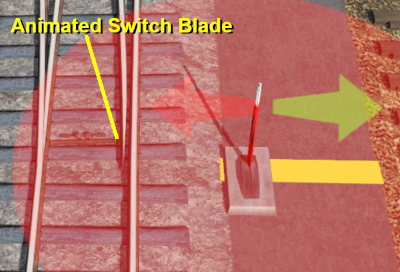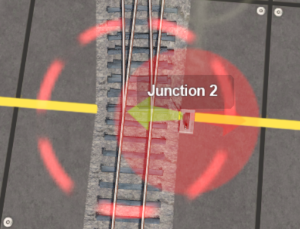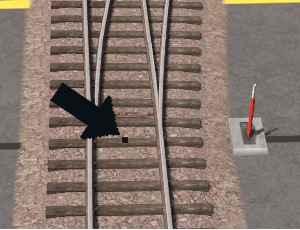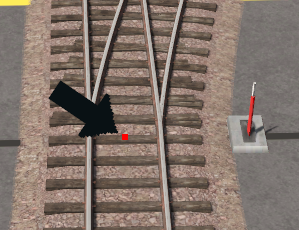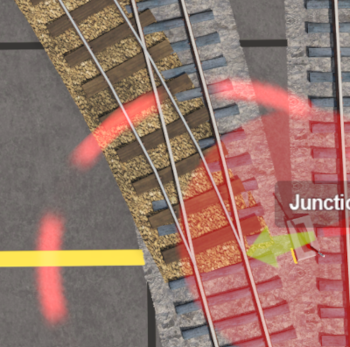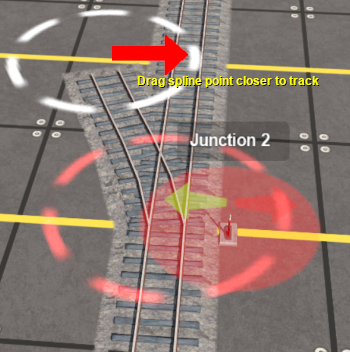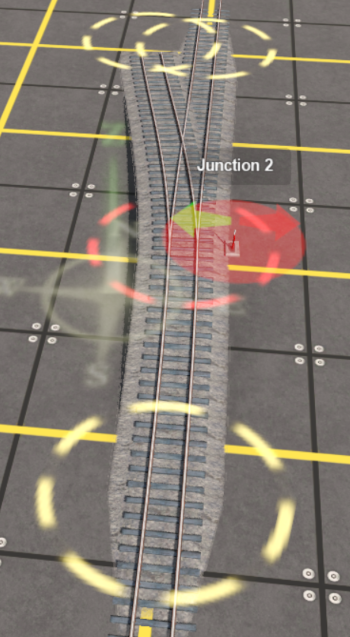How to Use Procedural Track
m |
m (→Identifying Procedural Track) |
||
| Line 91: | Line 91: | ||
='''Identifying Procedural Track'''= | ='''Identifying Procedural Track'''= | ||
| − | There is no specific content category, such as "Track, procedural", that can be used to distinguish between procedural and non-procedural track assets. Like many assets it relies on the name given to the asset by the content creator. Most creators seem to have included the characters '''PRO''' in the track name - for example "Protrack", "Procedural" or just "Pro". This can be used to narrow down the search in '''CM'''. A typical '''CM''' custom filter that would | + | There is no specific content category, such as "Track, procedural", that can be used to distinguish between procedural and non-procedural track assets. Like many assets it relies on the name given to the asset by the content creator. Most creators seem to have included the characters '''PRO''' in the track name - for example "Protrack", "Procedural" or just "Pro". This can be used to narrow down the search in '''CM'''. A typical '''CM''' custom filter that would have a good chance of identifying most procedural track assets is shown below. |
| − | [[image:Procedural-CMFilter.png|link=]] | + | <table> |
| + | <tr> | ||
| + | <td>[[image:Procedural-CMFilter.png|link=]]</td> | ||
| + | <td> | ||
| + | <table bgcolor=#000000 width=600> | ||
| + | <tr valign="top"> | ||
| + | <td> | ||
| + | <table bgcolor=#ffffe0> | ||
| + | <tr valign="top"> | ||
| + | <td>[[image:PencilTips.PNG|link=]]</td> | ||
| + | <td>All procedural track assets have a '''minimum build version''' of '''4.2''' - but this does not mean that any track with this build number (or above) will be procedural.</td> | ||
| + | </tr> | ||
| + | </table> | ||
| + | </td> | ||
| + | </tr> | ||
| + | </table> | ||
='''Laying Procedural Track'''= | ='''Laying Procedural Track'''= | ||
Revision as of 15:38, 8 May 2022
The information in this Wiki Page applies to TANE, TRS19, Trainz Plus and TRS22. This guide covers the use of procedural track in Trainz Surveyor, not how to create procedural track assets - see Trainz Wiki Links at the bottom of this page.
Contents |
What is Procedural Track?
| Procedural tracks provide animated switch points plus check rails and frogs at track junctions |
Procedural track works just like the standard or non-procedural track that was the only type available before T:ANE. However, it provides additional cosmetic features (animated blades, frogs and check rails) to junctions. These features are built into the track asset and do not have to be manually added when laying track.
| Procedural Track
|
Non Procedural Track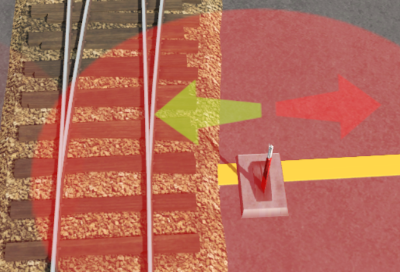 |
|
|||||||||||
Procedural Track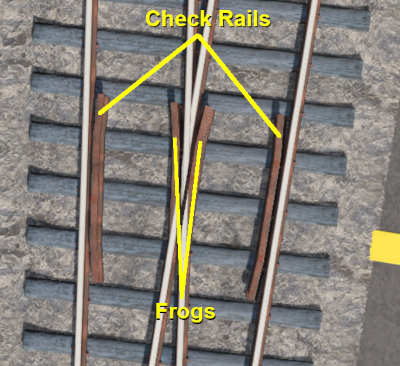 |
Non Procedural Track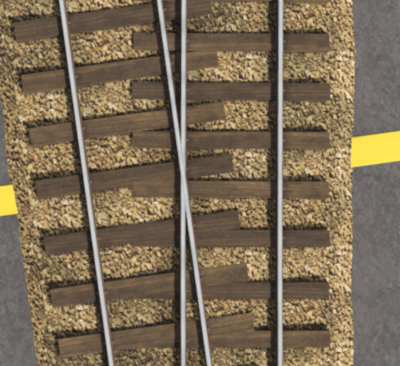 |
Identifying Procedural Track
There is no specific content category, such as "Track, procedural", that can be used to distinguish between procedural and non-procedural track assets. Like many assets it relies on the name given to the asset by the content creator. Most creators seem to have included the characters PRO in the track name - for example "Protrack", "Procedural" or just "Pro". This can be used to narrow down the search in CM. A typical CM custom filter that would have a good chance of identifying most procedural track assets is shown below.
 |
Laying Procedural Track
Procedural tracks are laid down in Surveyor just like any other track. Track junctions are formed in the same way as they are when using non-procedural tracks. The difference is that the additional features (animated switch blades, frogs and check rails) are automatically added when a track junction is correctly formed using procedural tracks. Faulty (incorrectly formed) procedural track junctions will work perfectly well as non-procedural junctions - they can be switched left and right, and trains will pass over them correctly. But the special features that they have will not appear.
Procedural Track ErrorsSome of the most common causes of red track splines are listed below. Remember, the presence of procedural track errors will not stop track junctions from working correctly as normal (non procedural) track junctions.
Trainz Wiki
This page was created by Trainz user pware in June 2021 and was last updated as shown below. |
|||||||||||||||||||||||||||||||||||||||||||||||||||
